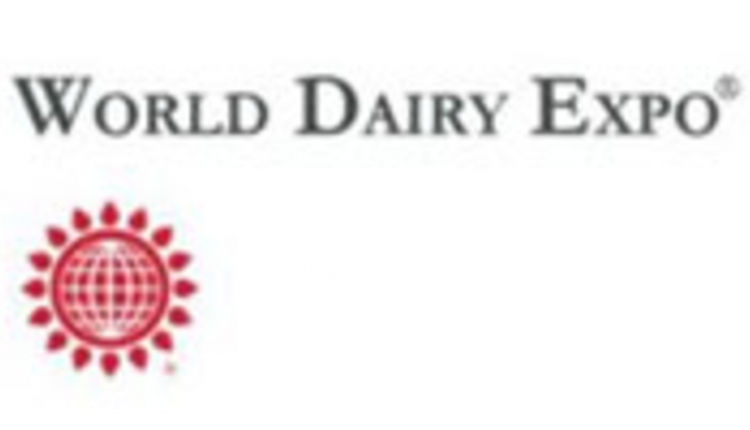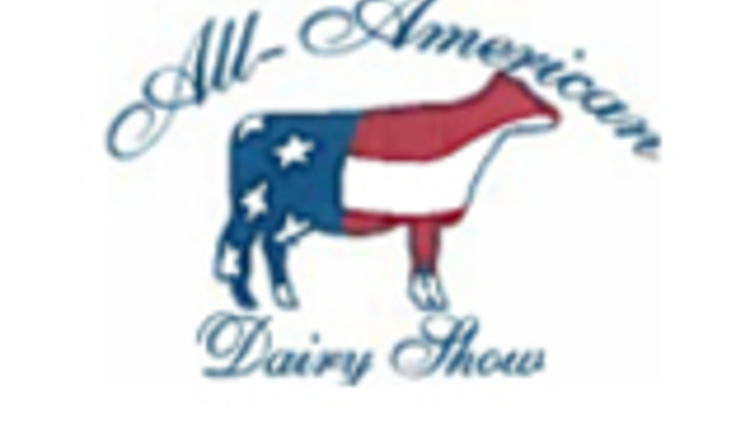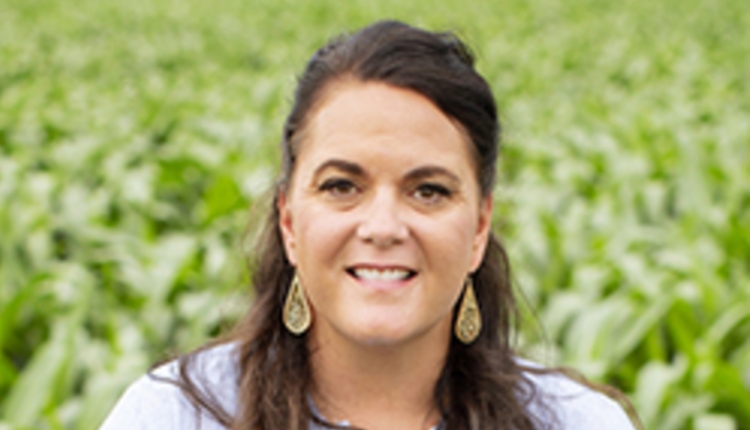
As the years have passed, the World Dairy Expo Jersey Show blossomed, nearly doubling in entries since the early 1990s. Jon Rasmussen, who works with all of the dairy superintendents, show volunteers, and cattle exhibitors at World Dairy Expo, said, “With the great support of the exhibitors promoting the Jersey breed, the Jersey Show has vastly grown over the last few years.” In fact, in 2015, the Jersey Show had the most animals of any of the breed shows exhibiting at World Dairy Expo.
Bill Barlass spent the first 16 years of his life at Gil-Bar Farm, then moved with his family to a neighboring farm to start Barlass Jerseys in Janesville, Wis. Barlass explained that the Jersey Show has been an important part of Expo since its inception, given the size of the show and the turnout of ringside spectators.
“As a breed show, we were a few years behind the other breeds. First it was designated as a regional show, then Central National, and finally as the International Jersey Show,” said Barlass, who attended every Jersey show from 1967 until 2003 . . . except the 1976 show that was suspended when space was at a premium due to stall shortages.
Barlass currently serves on the World Dairy Expo board of directors, a position he has held for the last 27 years. Serving on the executive committee, he works with the staff and with dairy and commercial exhibitors.
At first, Norm Nabholz from West Union, Iowa, drove to Expo because of its close proximity. In the late 1960s, he began showing there with his father leading the way. “We both liked the Holstein audience to show our cattle off to. It just made it a lot of fun, even though in the early days there were not a lot of Jerseys there,” he recalled. “That didn’t matter because the Jerseys that were there were really good. And over time competition came, and later more money was at stake because Jerseys were selling for as much as the Holsteins.”
Jersey power
In the past decade, the market for Jersey semen worldwide has doubled, and the global dairy economy has recognized the efficiencies and profitability of the Jersey cow.
“The growth of the Jersey breed at Expo follows the same trends we see in the growth of the Jersey breed around the world,” explained David Jordan, former manager of River Valley Farms, Tremont, Ill. “There is no show anywhere in the world like World Dairy Expo — it’s where the best go head to head.”
Nabholz echoed his comments, “The Jersey cow is remarkable. Watching Expo grow with the number of Jerseys is awesome. They are like the new kid on the block, and some people are just discovering the advantages and beauty of Jerseys.”
Barlass explained that the show had a great foundation to build on. Southern Wisconsin had one of the largest pockets of Jerseys in Wisconsin and lots of people who showed cattle. They all played a role in establishing and growing the Jersey Show at Expo. “Over the last several years, the dramatic growth of the breed has added growth of the show, too,” he said.
Biggest moments
As the Jersey Show grew at Expo from a regional show to international event, a number of big moments transpired on the colored shavings. For Rasmussen, those moments don’t hold a candle to the people who made them possible.
“Beyond the incredible show that continues to get deeper each and every year with well-deserving champion cows are the great people who stick with me,” explained Rasmussen. He states that exhibitors deeply involved in the Jersey Show, like Roger Riebe, 2016 Klussendorf recipient, and Jason Johnson, 2015 A.C. “Whitie” Thomson recipient, stick in his mind for their great efforts on helping others and contributing to the show.
Jordan said that when genetics transmit and are shown off at the show, it is wonderful to witness. The Jersey breed boasts two mother-daughter duos that have been Grand Champions at World Dairy Expo, in recent history — Veronica and Vivid, and Vera and Venus. Jordan said those pairings highlight the true breeding power of the Jersey cow.
“For us at River Valley, 2009 was the first year we were competitive at Expo, and the family wanted to show their own animals. Seeing Ben Sauder show at the age of 11, with pros and not being intimidated leading, was a special memory for me,” he said. “Not only did we do well and won our first Premier Exhibitor banner, but we were also welcomed by the Jersey breed.”
He continued explaining, “People offered advice and helped us learn the ropes of showing on the big stage. For us, having Supreme Champion in 2014 was extremely special. There is no feeling like the excitement you get when the lights come up and you hear them announce your cow as the Supreme Champion. It’s simply unforgettable.”
For Barlass, having the Jersey Show stair climb from a regional to a national and then to an international show has been the most memorable part. “The first Jersey to become Supreme Champion stands out, too,” he recalled. “And every Jersey to be named Supreme since has created its own big moment for our breed.”
Even though Nabholz’s favorite moment from Expo occurred more than four decades ago, he remembers it like it was yesterday. “I can paint the picture in my mind: the weather, my father’s smile, how my heart felt. It was a day that has stuck with me for a lifetime.” Nabholz was referencing how he felt when, in 1973, his family won Grand Champion with Master Gem Alpha. “The headline would be small town Iowa farmer goes home with big trophy,” he stated. “I smiled the entire trip home.”
Another memory that stands out in Nabholz’s long history of exhibiting at Expo was when he led Veronica in 2006, when she was named Supreme Champion. “I simply was honored to have been chosen to be a part of that moment. What can I say, that cow was tremendous,” he said.
Nabholz also shared the 1986 moment when Gil-Bar Unique Bonnie was named the first-ever Supreme Champion from the Jersey breed as a special moment for him. “All of these accomplishments have nothing to do with skill on my end and a lot to do with timing and luck,” said Nabholz.
Looking ahead
Rasmussen called the future of the show interesting, as it will continue to be affected by more than just World Dairy Expo and other cattle shows. “The growth has been great and leads to some great dreams and plans for continued growth,” he said.
“I think a lot about the future of showing,” shared Jordan. “I ask myself how do we sustain interest and what the future will look like. I think the sky is the limit for the Jersey cow from an economic standpoint in the marketplace, so that tells me the Jersey Show will benefit from that as well.”
Nabholz said he believes Expo will benefit from its central location in the dairy world. Producers cannot afford to truck cattle to and from multiple national shows, so Expo’s a good fit for many. “It makes sense, especially for the Canadians to come to Expo because of the timing of the Royal.”
Barlass emphasized that the Jersey Show will only continue to improve. “The huge interest in Jersey cattle and Jersey genetics has been pushing this along,” he said. “Bigger shows, bigger ringside audience, and two Jersey sales (Top of the World and Dairyland Protein) help generate interest.”
For a show that has seen a lot of growth in the last 50 years, it appears that Expo has just seen the start of the little brown cow. Because when they come to the tanbark, Jerseys come to play.








